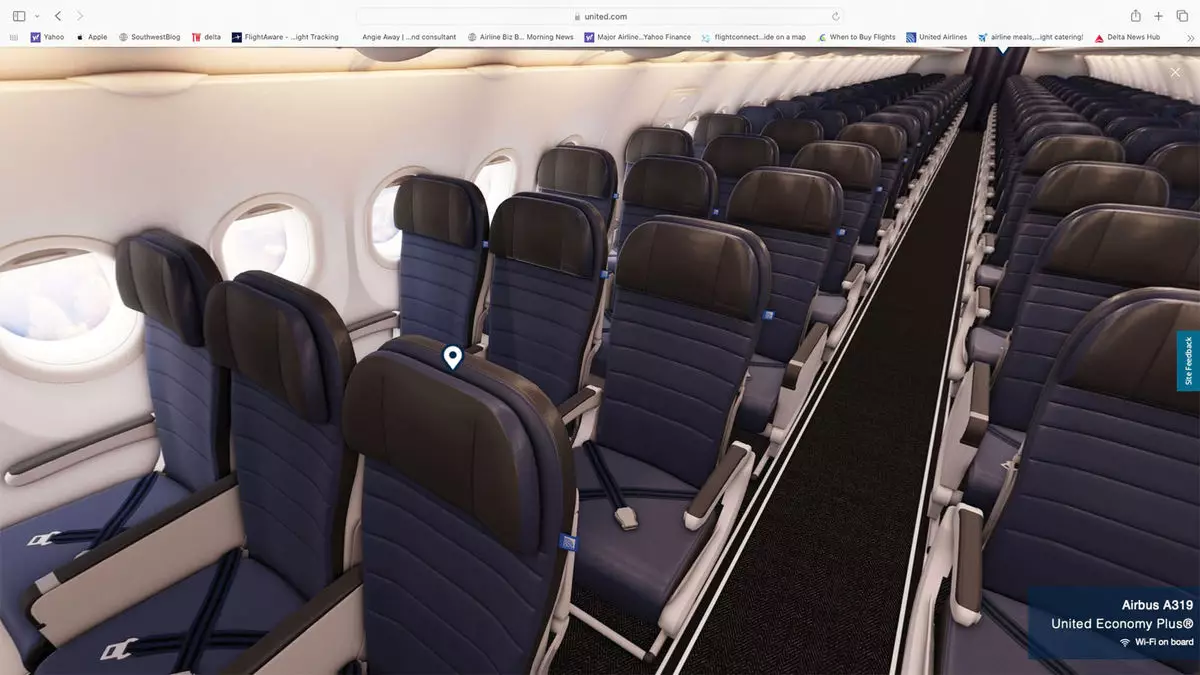The world of flight shopping has often been criticized for its outdated and lackluster visual appeal compared to other e-commerce experiences. While consumers shopping for small items like nails can expect detailed images, specs, ratings, and reviews, the same level of visual information is often lacking when it comes to booking flight tickets worth significantly more. This disconnect has raised concerns among travel technologists about the need for a visual overhaul in the flight shopping industry.
ATPCO, a prominent player in the market, has been at the forefront of introducing visual elements to flight shopping. The company has witnessed a significant increase in the number of flight queries that demand product images and videos, with a three-fold rise in weekly queries to 6 billion. These visuals range from images of aircraft seats to in-flight entertainment screens and meals, providing consumers with a more immersive shopping experience.
According to ATPCO chief Alex Zoghlin, consumers are increasingly expecting rich visual content when making purchasing decisions, citing the prevalence of images on platforms like Amazon. The absence of such visuals in flight shopping, where customers are making substantial financial investments, can be off-putting and hinder the overall shopping experience. As a response to shifting consumer expectations, airlines and third-party sales channels have started integrating more visual content into their booking processes.
While ATPCO leads the market with its RouteHappy merchandising solution, the deployment of photo and video shopping aids still remains inconsistent across platforms. Despite the growing number of airlines and sales channels embracing visual content, the actual impact of these assets on conversion rates remains unknown. Nevertheless, airlines like United have already introduced 3D views of aircraft interiors during the booking process, signaling a step towards enhancing the visual experience for customers.
Contrary to skepticism about the effectiveness of displaying airline seats and in-flight entertainment screens as marketing tools, consumer surveys have shown a positive response towards visual content. A Phocuswright survey revealed that travelers, especially younger demographics, express a preference for flights that offer visual depictions of the product. This shift in consumer preferences underscores the importance of incorporating visual elements into the flight shopping experience.
The integration of visual content into flight shopping is a necessary evolution to meet consumer expectations and enhance the overall shopping experience. While challenges such as inconsistent deployment and measuring impact persist, the industry is moving towards a more visually engaging shopping environment. By embracing visual storytelling and leveraging technology, airlines and sales channels can revolutionize the way travelers search, compare, and book flights in the digital age.

